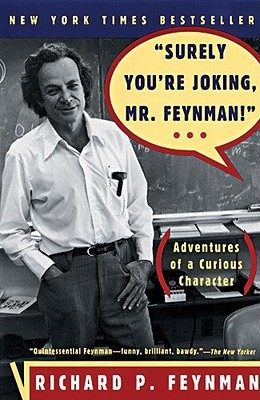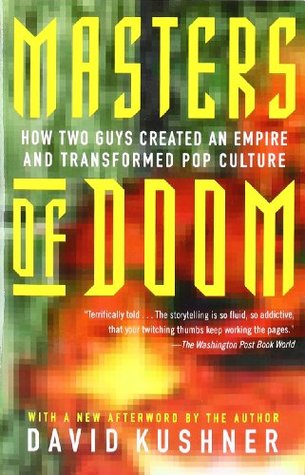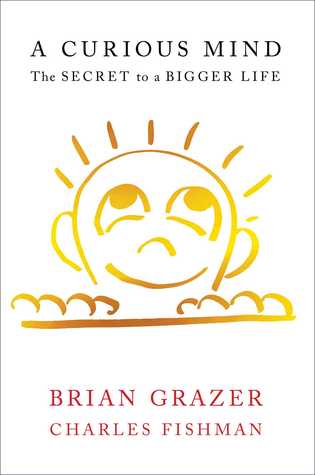The year has passed, and it’s time to reflect on what I’ve been reading in 2018. These are the books that have most marked my last 12 months.
I welcome recommendations for what to read in 2019 😊 Tweet me!
Surely You’re Joking, Mr. Feynman!

This autobiography of physicist Richard Feynman is told in his own way — an unconventional format, consisting of a collection of small stories from his day-to-day life. The stories run parallel to Feynman’s achievements, and paint the picture of why he was so important and influential in physics.
Cases like his obsession with cracking safes, learning to play the bongos, coming to Brazil and joining a Rio de Janeiro samba school to play the frying pan, are just some that make Feynman’s character intriguing and inspiring. The narrative does not focus on his scientific and professional milestones, such as the Manhattan Project and winning a Nobel Prize, but rather on his contrarian philosophy and worldview, which was precisely what paved his journey known to the world.
Knowing that he got involved in trouble, that he threw himself into situations out of pure curiosity, and that everything he did was in search of more varied knowledge inspires a positivism towards life that no other science communicator can inspire.
Masters of Doom

The book tells the story of how John Romero, John Carmack, Adrian Carmack, and Tom Hall set up id Software and came to create some of the most iconic games of the 90s such as Wolfenstein 3D, Doom, and Quake. Having been a kid in the 90s, these games marked my childhood, so finally reading about how they were built and imagining the context of that time compared to now is truly amazing.
Perhaps I liked this book so much precisely because of its nostalgic value, but there’s no denying it’s a fascinating story about how a small group of people managed to revolutionize the gaming industry and created a new genre of games. What I imagined was a mega-company producing these games, was in fact a few nerds addicted to pizza and who played D&D between coding sessions, and were discovering and inventing new ways to have fun along the way.
It’s also interesting to see how the chemistry between two seemingly opposite characters - Romero, the rockstar game designer, and Carmack, the robot-genius-psychopath - catalyzes incredible results, in the style of Jobs/Wozniak, Lasseter/Catmull, etc.
Chaos: Making a New Science

“A butterfly flaps its wings in Brazil and causes a typhoon in Indonesia.”
This is a saying that symbolizes chaos theory, which states that small changes in initial conditions can produce catastrophic results in complex systems. This was author James Gleick’s first book, a bestseller in 1988, and it popularized the butterfly effect.
The read is not light, but it is an excellent introduction to this intriguing branch of mathematics. Gleick introduces the main scientists responsible for chaos experiments chronologically, and very well weaves the relationship between weather prediction models to the fractal geometry present in space, in nature, and in the human body. After reading, I became somewhat obsessed with the topic, and spent months researching more texts and videos about what the book introduced to me.
A Curious Mind

Brian Grazer is one of Hollywood’s most successful producers, known for his long partnership with director Ron Howard and behind movies like A Beautiful Mind, Apollo 13, 8 Mile, series like Arrested Development and 24, among many others.
In the book, he attributes his rise and success in the treacherous Hollywood milieu to his insatiable curiosity and perseverance. From the beginning of his career, Grazer was not afraid to ask many questions to anyone. Although curiosity has a bad reputation in society — “curiosity killed the cat”, Adam and Eve expelled from paradise for their curiosity to taste the forbidden fruit, etc — he cites it as the source of many attributes, such as courage, ambition, and determination.
Grazer created a habit of talking to a different person every day, which became what he calls “curiosity conversations”, which he has had with hundreds of personalities, initially from the film industry, but eventually opened up to other fields.
This habit was what expanded his worldview so that he could develop his storytelling style that, since the 80s, is represented in cinema and TV. The book inspires the power that curiosity has, as a simple tool to reveal stories, make connections, bring people together, and enrich our culture.
Contents: